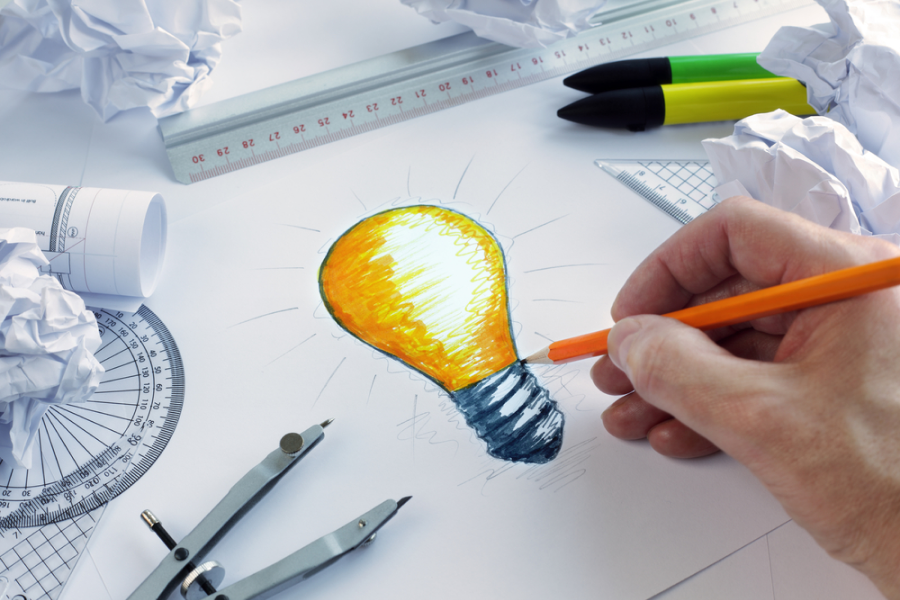INDUSTRIAL DESIGN TECHNOLOGY
AWSITC PROGRAMS

INDUSTRIAL DESIGN TECHNOLOGY
Industrial Design is the professional practice of designing products, devices, objects and services used by millions of people around the world every day. Industrial designers typically focus on the physical appearance, functionality and manufacturability of a product, though they are often involved in far more during a development cycle. All of this ultimately extends to the overall lasting value and experience a product or service provides for end-users.
Success story Alomi Parikh
Alomi Parikh is a fourth year Product Design student at Maeer's MIT Institute of Design, Pune. She completed her schooling in J.B.Petit High School for Girls, Mumbai in 2016 followed by Junior College at H.R. College of Commerce and Economics, Mumbai.
Over the years, Alomi has interned for short periods in various organizations / companies. She has worked with FitPermit - an online pay-per-turn start-up; Loyora Design Inc. where she worked as a Product Design Intern and worked on multiple Toy, Packaging and Furniture Design projects and at Kala Form - a social and cultural start-up where she worked as a Product Design Intern on Menstruation Health and Safety and worked on developing products related to the emerging 'Menstrual Cup'.
Her selection for WorldSkills Kazan 2019 was based on her consistent performance over the years at MITID. Her current C.G.P.A is the highest in the Industrial Design discipline which makes her an ideal candidate for the WORLDSKILLS Competition 2019.

WHAT DO INDUSTRIAL DESIGNERS DO?
- Industrial designers design new products or develop existing ones. The range of products they work with is vast and encompasses everyday items small and large, from razor blades to cars.
- Phones, toasters, kettles, vacuum cleaners, toys and play equipment are all designed by industrial designers who are sometimes called product designers. They often specialise in a particular type of product.
- Industrial designers must design products that are easy to use, efficient and cost-effective. The look, colour and finish of the product are usually very important and often contribute greatly to its appeal for the consumer.
WHAT IS THE JOB LIKE?
Your work can vary according to the setting in which you work. It would often involve:
- Meeting with the client or senior managers to discuss the initial concept and creating new design solutions and developing existing designs.
- Preparing initial sketches followed by technical drawings using specialist computer assisted design 2D and 3D (CAD) software.
- Developing a model or prototype which can then be used to progress the product to small or large-scale manufacture.
- Using a variety of materials including polymers, wood and metals.
- Employing a good knowledge of market trends and health and safely issues.

